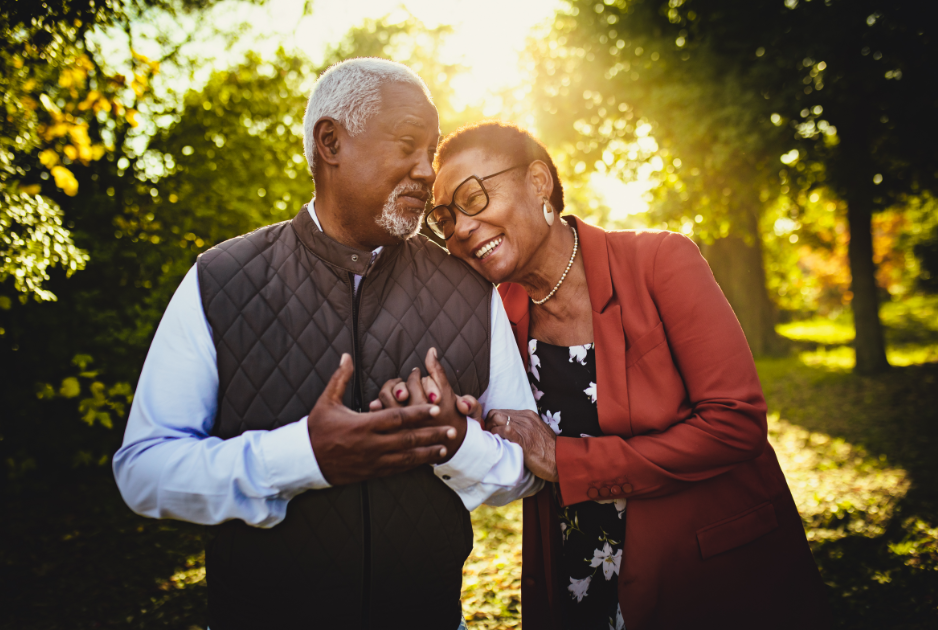I compared America's gun laws to laws in 5 other countries. This is what I learned.
In 1996, Australia initiated the most successful gun intervention to date. Here's what we can learn from it.
In 1996, a mass shooting took 35 lives in Australia. Immediately after, newly elected Prime Minister John Howard decided that something needed to change.
A mere 12 days after the tragedy, the government drafted and agreed on the legislation. This led to the National Firearms Programme Implementation Act of 1996.
The new act was fairly intense. It restricted the private ownership of high-capacity semi-automatic shotguns, semi-automatic rifles, and pump-action shotguns. While guns were certainly a part of the culture (and Howard's plan was met with some objection), most Australians were actually for the legislation because they were so horrified at the loss of innocent lives.
Howard didn't just disrupt the overarching gun laws, though. He also confiscated private weapons. Citizens took part in voluntary surrender and mandatory buyback programs. Essentially, the government paid citizens to give them their illegal firearms, and the guns were then destroyed.
This is arguably the most successful gun intervention implemented to date, and there hasn’t been a mass shooting in Australia since then.
Compare this to America, where people are 10 times more likely to be killed by guns than people in other developed countries.
Graph by Erin Grinshteyn/David Hemenway/The American Journal of Medicine. Image used with permission.
A mass shooting (typically defined as four or more people shot in a single incident) occurs, on average, almost daily in the U.S.
Solutions to this problem can get really political, though.
We don't have much research on gun deaths in the U.S. (which is a whole other issue), but we do know that violence is determined by a variety of factors, such as population and gun culture within a society.
Lots of other countries allow their citizens access to guns — but America's gun problems are far worse than many other countries, and the comparison is especially stark with other developed countries.
After reading about Australia, I wondered: What makes America different, really? And what's working elsewhere?
Today, Australian applicants are required to give a "legitimate reason" to apply for a firearm license.
Personal protection doesn't qualify as a genuine reason either. And background checks — such as criminal, mental health, physical, addiction, and domestic violence checks — are mandatory to obtain a license. Generally, a firearm safety and law course is required. License terms can vary depending on the license, and there's a limit on how many firearms and how much ammunition a person can own.
While buying back guns from people who already own them probably won't happen in the U.S., we can certainly take notes from Australia's banning of assault weapons.
And we can hold our government accountable for not making swift and comprehensive legislative decisions that protect the vast majority of Americans.
Mourners gather to commemorate the 20th anniversary of the Port Arthur massacre in Australia. Photo by Robert Cianflone/Getty Images.
In France, the amount of ammunition allowed in a person's home is pretty limited.
If you live in France, you must have a hunting license or a shooting sport license if you want to buy a gun.
The country also has restrictions on the amount of ammunition that can be kept at home and the total number of firearms owned by an individual.
By comparison, there are no set federal restrictions on how much ammunition a person can keep in the U.S. In fact, after a mass shooting, folks often buy more guns and rounds, despite cries for regulating how many rounds a person can own.
It's also worth noting that France has experienced an unusual number of mass shootings in recent years. That said, in Europe’s worst terrorist attack in 11 years, 130 people were killed at a concert, which is almost as many people as those who die from gun homicides in all of France in an average year.
But even if France had a mass shooting as lethal as the Paris attack every month, the annual rate of gun homicide death per capita in France would still be lower than the United States. We could follow France's example by making ammunition ownership a permit-based privilege, rather than an assumed right.
In Japan, gun ownership is discouraged altogether.
Japan's gun laws are incredibly restrictive, and obtaining a gun involves an arduous process. Gun owners must have a license, and the National Police Agency heavily regulates gun ownership. Handguns are banned in Japan, and firearms are extremely rare. Penalties for disobeying gun laws (which include a prison sentence) seem to discourage the use of guns overall.
Despite Japan's sizable population of 130 million, these rules seem to be working: gun homicides in Japan averaged around 33 per year from 1995 to 2011.
In Spain, applicants must go through a variety of tests and background checks if they want to buy a gun.
Spain has a variety of requirements for various forms of gun ownership. Exams are sometimes required, depending on the type of license, and the length of each license can vary. In most cases, to obtain the license, applicants must have a stated reason, criminal background check, mental health check, and a check into domestic violence records. Police also may inspect firearms at any time.
Spain's most recent massacre was in 1990 in the village of Puerto Hurraco, where nine people were killed. In 2007, 90 people were killed with guns, making their homicide-by-firearm rate 0.2% per 100,000 citizens.
Spain's various tests to get a gun are certainly extensive and much more detailed than America's processes, which can vary by state. By taking more time to examine folks who want to purchase a gun, though, many people argue that we could prevent mass shootings.
Image via iStock.
In an effort to curb gun violence, Canada recently added restrictions on owning a gun too.
Because target shooting and hunting are so popular in Canada, owning a rifle or shotgun is pretty common, but obtaining handguns and semi-automatic rifles is now a restricted process.
An applicant for a firearm license in Canada has to pass an extensive background check, including criminal, mental health, addiction, and domestic violence. Applications also require a third-party reference.
Licensing authorities also conduct interviews with or advise spouses, partners, or next of kin when someone is obtaining a license. A theoretical and practical training course is required, and a license lasts for five years.
Can we implement some of these strategies in the U.S.? Maybe.
The U.S. Constitution protects the right to own a gun. And right now, there are more guns than there are people in the U.S. A Pew Research Center study from 2014 shows a gun homicide rate of 3.4 per 100,000 people in the U.S.
To purchase a gun, American buyers must go through a background check, but several groups (fugitives, those with severe mental illness, and those convicted of domestic violence) are prohibited from buying guns (though many still get ahold of them). And while we have restrictions on buying guns, there are many loopholes in place that make obtaining a gun pretty easy.
The Pulse shooting in Orlando left 49 people dead. Image via iStock.
What are our options?
We can ban assault weapons like Australia. We can reduce the number of rounds people can have on hand like France. We can do research when we see a problem like Japan. We can raise our standards for who can own a gun like Spain. And we could even add new restrictions on gun ownership like our friends in Canada.
It's not likely that we'll find a solution in the U.S. by making ultimatums though. Banning all firearms is not a likely scenario, nor is it something that works anywhere else.
But looking at these other countries gives me hope that we can find reasonable solutions for reducing gun violence while maintaining Second Amendment rights as well.
Image via iStock.
Of course, adjusting our gun laws won't solve everything. Criminals will still find ways to circumvent the law, and bad things happening are simply a fact of life.
My biggest learning here is that we do, inarguably, need to update our policies to mirror changes to the political and cultural climate.
The U.S. Constitution is great and unique, but it has historically been flawed and has required several amendments. Reexamining former laws and implementing ways to make them better as society changes helps the Constitution to be a living document.
By moving forward with caution and thought, we can create an American society that is better, and safer, for everyone.
- We don't need other countries to prove gun laws work. Our own states show the same thing. - Upworthy ›
- Satisfying video shows the Belgian government melting 22,000 guns into recycled steel ›
- The American Psychological Association says bigotry and gun laws are to blame for mass shootings, not 'mental illness' - Upworthy ›








 Can we please get a "meet the dog" rule on airplanes?
Can we please get a "meet the dog" rule on airplanes? No matter your age, headphones to listen to things on a flight are a must.
No matter your age, headphones to listen to things on a flight are a must. One overhead bag per passenger until everyone's got their luggage settled.
One overhead bag per passenger until everyone's got their luggage settled.  Even if you know it by heart, please don't talk during the safety demonstration.
Even if you know it by heart, please don't talk during the safety demonstration.
 Simpsons Gif
Simpsons Gif  Aging happens in bursts, scientists find.
Aging happens in bursts, scientists find. Research shows the body goes through specific changes in our 40s and 60s.
Research shows the body goes through specific changes in our 40s and 60s.


 Luggage at the airportCanva
Luggage at the airportCanva